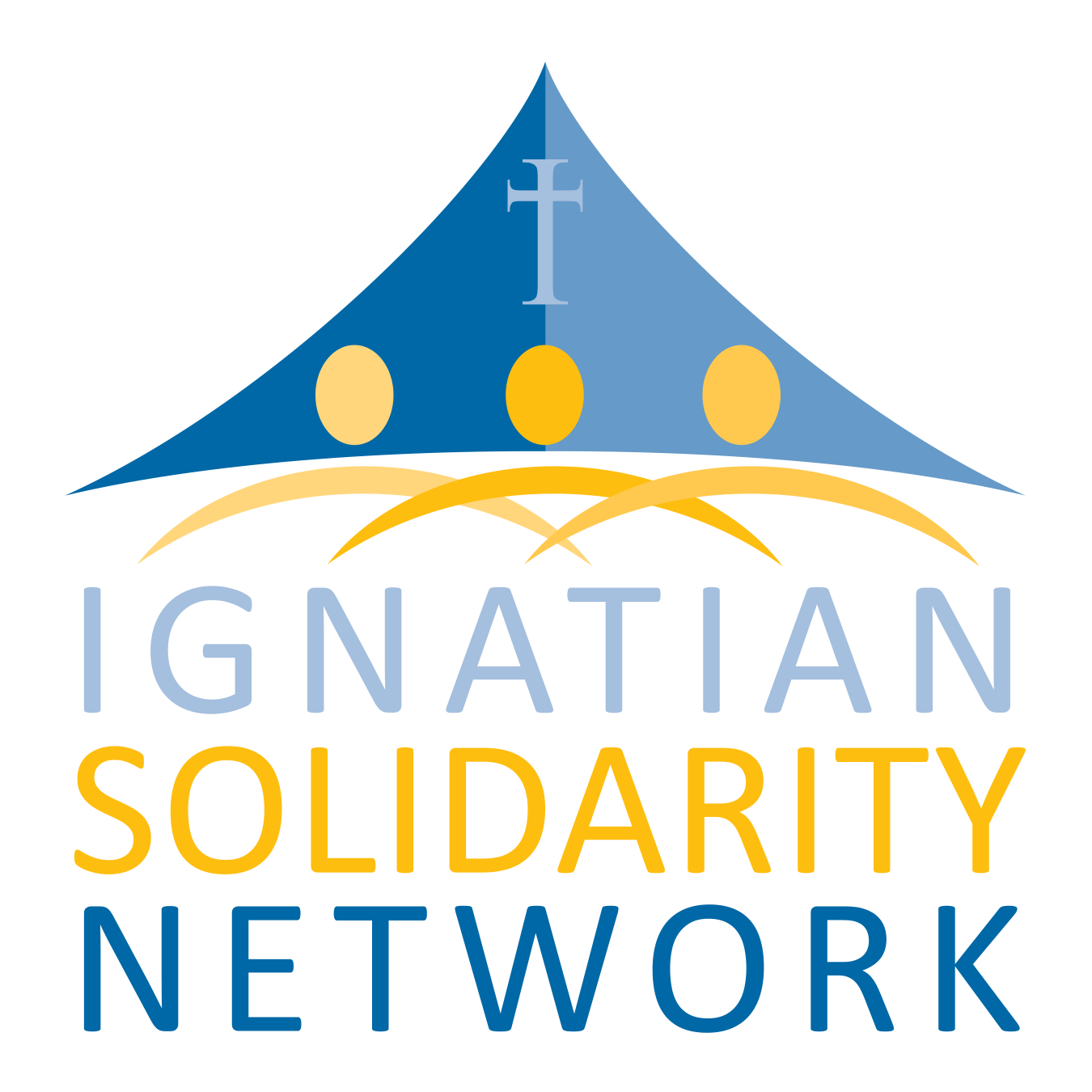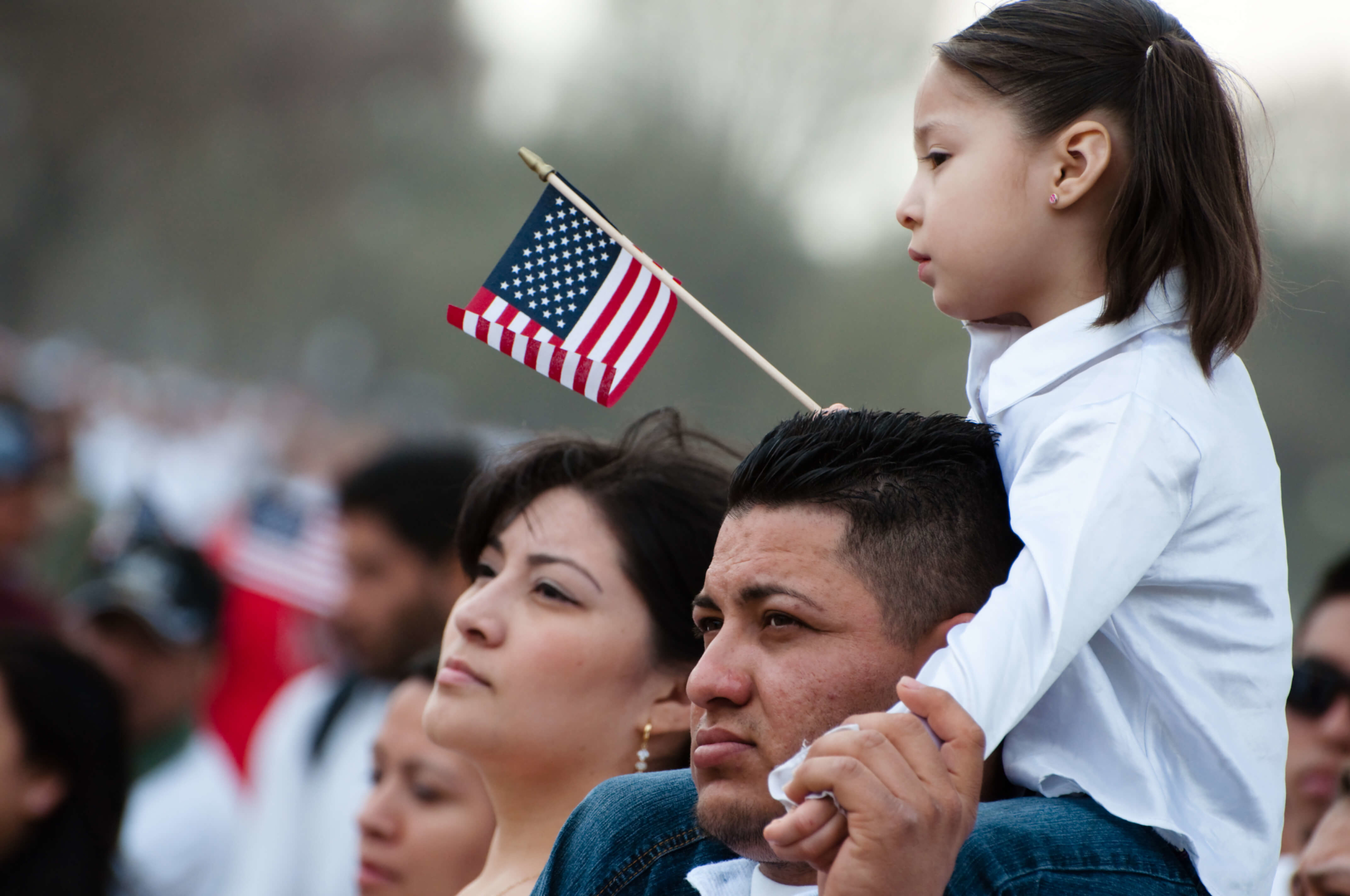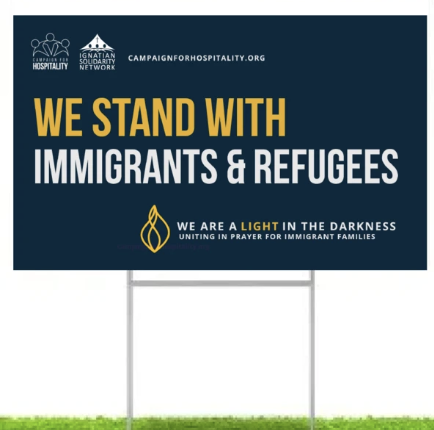“In the face of attitudes hostile to these displaced persons, our faith invites the Society to promote everywhere a more generous culture of hospitality.”
Jesuit General Congregation 36, Decree 1
Catholic Social Teaching tells us that it is our “duty to welcome the foreigner out of charity and respect for the dignity and rights of the human person.” Through our “Campaign for Hospitality,” the Ignatian Solidarity Network joins Pope Francis, as well as our Jesuit and other Catholic partners in creating a culture that seeks to welcome, protect, promote, and integrate immigrant persons into our communities.
PROGRAM
Ignatian Justice Summit for College Students
July 26-29, 2022
Cleveland, OH
Calling all college students: Deepen your skills as advocates, organizers, and educators for ecological and migration justice.
ACTION ALERT
Create a Path to Citizenship for Undocumented Immigrants
ONGOING
ONLINE
Over 11 million people in the U.S. remain undocumented without a pathway to legal status, and many others face obstacles to attaining or maintaining legal status. Legislation like U.S. Citizenship Act (S.348), Dream Act (S.264), SECURE Act (S.306), and Citizenship for Essential Workers Act (S.747) will all create a pathway to citizenship and recognize them as the Americans they are.
PROGRAM
Ignatian Parish Justice Summit
JUNE 14-16, 2022
SAINT LOUIS, MO
Join a community of parish ministers and parishioners seeking to build parish communities with vibrant faith-justice engagement. Participants will have opportunities to connect specifically around migration work during the gathering.
FEATURED VIDEO
U.S. Customs and Border Protection Shuts Gate on Asylum Seeking Family
News and Stories
Network Resources
December 14, 2021
Border Perspectives from Jesuit Ministries
February 8, 2022
TOPIC: Migrant Accompaniment Network






























 Jesuit Refugee Service
Jesuit Refugee Service





